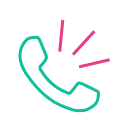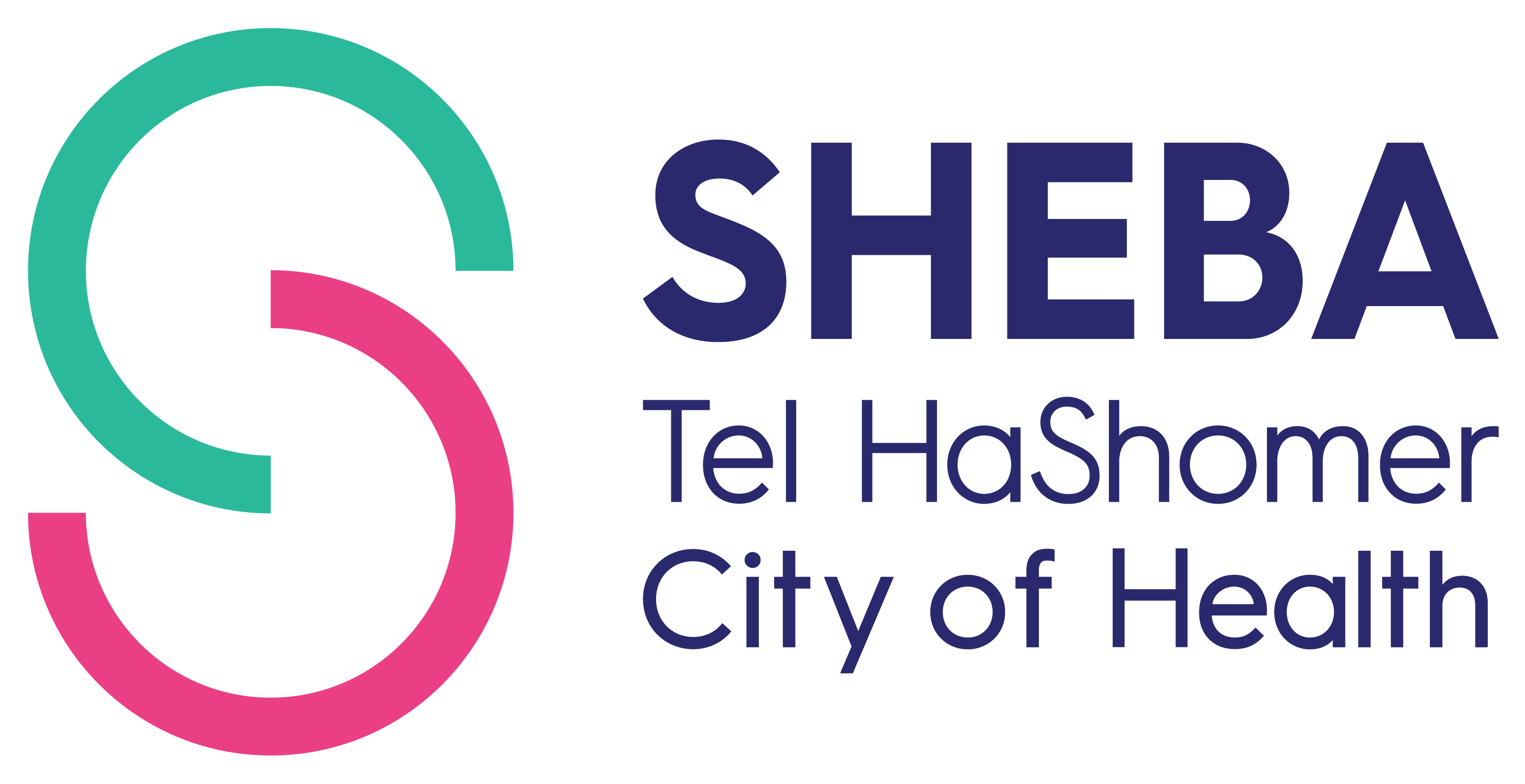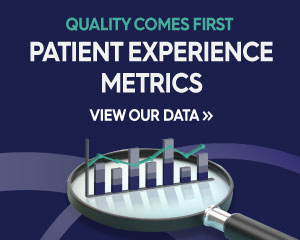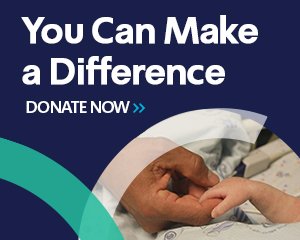Advanced Technologies in Medical Rehabilitation at the Sheba Medical Center
Meir Plotnik, PhD; Gabriel Zeilig, MD; Itzhak Siev-Ner, MD; Shlomo Noy, MD, PHD*
With the increase of life expectancy, the number of people needing rehabilitation related medical services is on the rise. In the past, it was common that rehabilitation treatment be implemented following an acute medical 'event' such as a stroke or injury due to car accident.
During recent years we have been witnessing rapid technological development in the domains of virtual reality, robotics, miniature sensors, computerized mechanical components, and in information and computation technologies. Applications based on these developments are being incorporated into the world of rehabilitation at an ever increasing rate. The Center of Advanced Technologies in Rehabilitation (CATR) at the Chaim Sheba Medical Center is focused on the task of assimilating novel technologies into rehabilitation procedures.
The challenge is enormous as the repertoire of available potential treatments is seemingly endless. The CATR with its clinical and research laboratories, has the largest variety of rehabilitation technologies accessible to clinicians in Israel, and is one of the leading centers in the world in this specialized field. An implementation model was developed which is based on a core research staff working in synergy with the surrounding clinical wards. Joint, basic, clinical and engineering research projects are conducted. CATR also collaborates with academics in Israel and abroad, as well as with hi-tech industries. As a result of meticulous research, and the clinical experience of our staff and other rehabilitation specialists, we are able to develop optimal rehabilitation procedures for different cohorts of people.
The large array of virtual reality (VR) laboratories in CATR is the technological pinnacle implemented for rehabilitation in Sheba. Our Computer Assisted Rehabilitation Environments (CAREN) systems (Motek Medical, The Netherlands) employs multi sensorial simulations for the diagnosis and treatment of balance, gait, motor control and cognitive impairments. The
subjects experience maximized immersion within virtual environments achieved by the projection of visual sceneries on a 360 degree dome shaped surround screen, advanced audio systems, a multi-dimensional moveable platform and an embedded treadmill. The latter allows the subject to walk about within the virtual environment. All these modalities work in concert to best imitate reality (see Figure). The systems also provide feedback to the patient and to the therapist in real time, and automatically modify the virtual environment according to the subject's performance ('biofeedback'). Repetitions of situations are provided as needed. Our VR systems are unique for rehabilitation worldwide, and only few similar systems exist in the USA, Canada and the Dutch militaries.
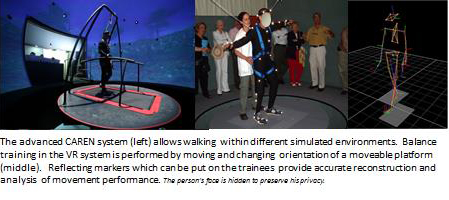
In the VR systems we expose the subjects to complex situations which simulate daily life. This form of treatment assists in reaching more advanced rehabilitation goals, improve functional capacities and shorten rehabilitation periods. It has been shown that exposure to VR training promotes the development of new neuronal connections which may compensate for the loss of function due to injury or disease. VR training may also help in strengthening and preventing the gradual deterioration of abilities (e.g., due to aging). The VR platforms are suitable for incorporating 'games' during the treatment, often improving patient motivation, and may provide psychological diversions from pain or other complicating factors.
Training in the CAREN can focus on strengthening a specific group of muscles, encourage the use of an affected limb, encourage function despite pain, improve balance control and equilibrium, practice multitasking, improve range of motion, and overcome side neglect. With the assistance of a dual belt treadmill (VGAIT) we can address gait asymmetries impairments. Some of the training tasks can also target cognitive impairments.
Given that the immersion level in the virtual world is so strong, we may also address the psychological and psychiatric domains. For example, we recently developed a VR based treatment for people who suffer from fear of flying. The subject, accompanied by a therapist, experiences flight simulation including ground taxiing, take off, cruising and landing, as well as in-flight emergencies and irregularities such as air turbulences. This is done within a visual simulation of the interior of a passenger aircraft and exposure to sounds of the engines, and announcements over the 'airplane's' loudspeakers. The therapist can control the level of stimulation, and thus allows safe and gradual exposure to the 'frightening' conditions, a
desensitization process basic in the treatments of phobias.
The staff at CATR produces and implements VR treatment environments which encourage subconscious development of strategies for balance and gait control, with the availability of personalized adjustments according to the therapists definition. As an example, in a game type environment where the patient controls a floating surface through a slalom course over troubled water using body posture ('biofeedback'), the controlled variables allow for specifically addressing weight shifts, use of a prosthesis, and require that the subject develop his/her own strategies for performing the affected functions. The series of VR based rehabilitation of gait and posture environments in the CATR are being utilized for subjects with brain damage (injury/ stroke), spinal cord injuries, neurodegenerative diseases (e.g., Parkinson's disease), orthopedic problems, vestibular dysfunction, subjects who underwent amputations of upper/lower limbs and subjects with tendencies to falling (diabetes patients and elderly). Many injured Israeli Defense Force soldiers are being treated in the VR systems.
Additional advanced technologies in clinical and research use include:
- Robotics (The LOKOMAT) for encouraging gait in subjects with lower limb weakness. Other robots for upper limb function rehabilitation are dynamically modifying practice levels
- Gait laboratories for accurate diagnosis of gait impairments and identifying risk of falling
- Wearable sensors (e.g., accelerometers) for monitoring the mobility profile of subjects
- Tele rehabilitation devices for allowing supervised treatments in the patient's home via the internet
- Computerized prostheses that adjust their mode of operation in accordance to the functions being performed
We are aiming for the future. What is presently termed as "rehabilitation" will soon become part of the life style of a population with an increasing number of persons in their sixties, seventies, eighties and nineties. Today's advanced technologies will soon become obsolete, and will be replaced by newer ones. Technological updates become more frequent and are motorized by developments and by commercial incentives. Therefore we adopted a dynamic approach: ongoing information gathering on the definitions of clinical needs and of relevant technologies, and then developing the current optimal solutions while maintaining the research clinical synergy.
- *Meir Plotnik, PhD - Scientific Director, Center of Advanced Technologies in Rehabilitation, Sheba Medical Center
- Gabriel Zeilig, MD Director, Department of Neurological Rehabilitation, Sheba Medical Center
- Itzhak Siev-Ner, MD Director, Department of Orthopedic Rehabilitation, Sheba Medical Center
- Shlomo Noy, MD, PHD - Director of the Rehabilitation Hospital, VP for R & D and Academic Affairs, Sheba Medical Center

